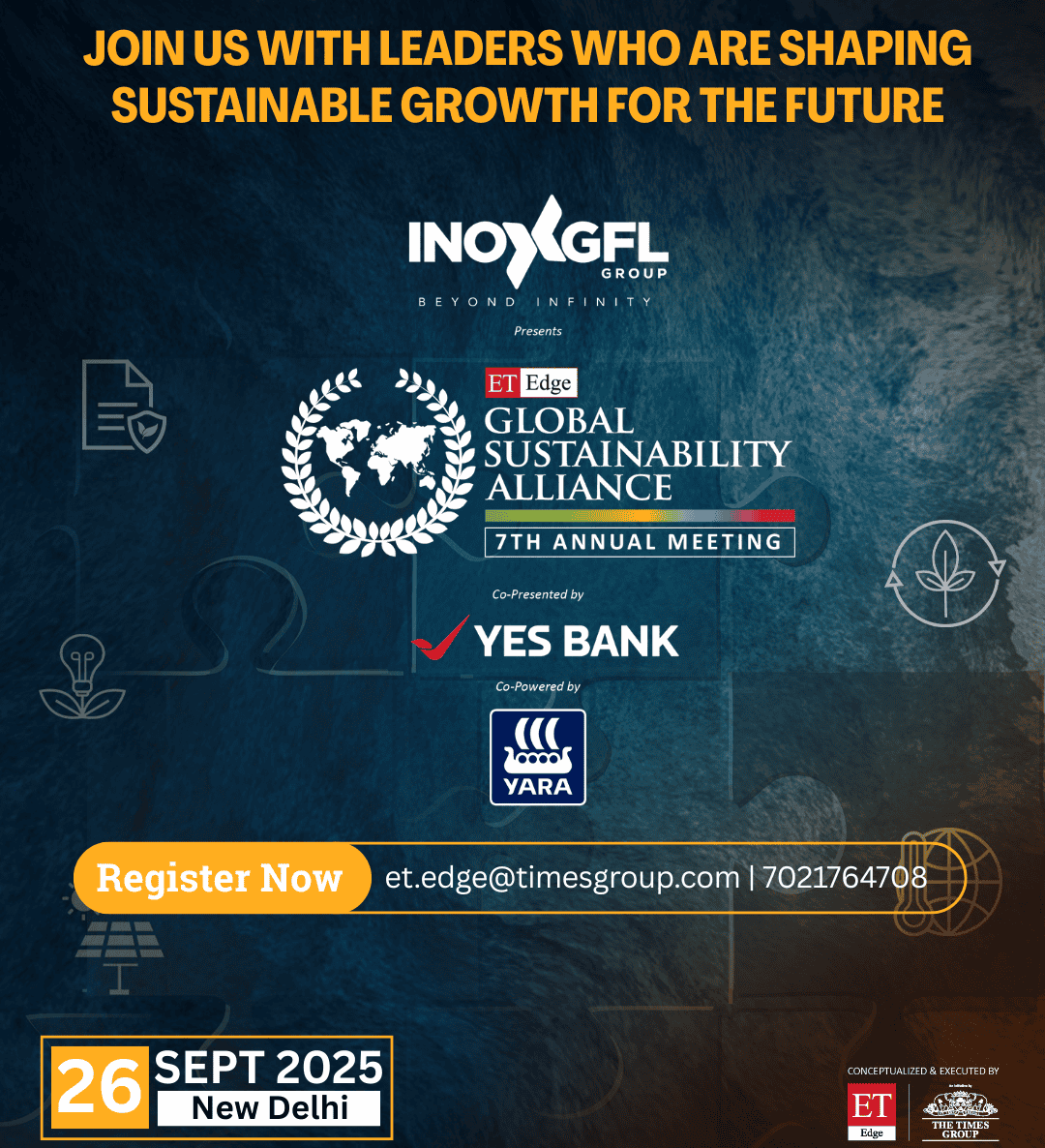
Private Market Fundraising Develops in MENA
The growing influence of capital sources originating from the Middle East and North Africa (MENA) region has been touted for several years, is expected to continue in 2025, according to PitchBook, the leading resource for comprehensive data, research, and insights spanning the global capital markets.
In its report entitled “EMEA Capital Outlook 2025,” PitchBook said that as of 30 November 2024, private market fundraising reached $14.3 billion, and this is anticipated to grow to more than $20 billion in 2025.
Capital raised by MENA-based funds exceeded $20 billion for the first time in 2022 and grew to $37.1 billion in 2023, PitchBook said in the report.
“The growth will be largely driven by the development of fund managers targeting different asset classes, local regional tech ecosystems, and the progression of capital market usage in the region. Moreover, we feel favourable tax and pro-business policies will entice more individuals, corporations, and investors to commit capital to the area,” the report said.
Diversification of revenue streams, leveraging government support, and developing partnerships with experienced investors are priorities for nations in the Middle East.
As a result, funds are cropping up in a range of sectors, including real assets, green energy, tourism, and IT. Fundraising activity will be reinforced by a combination of domestic and international LPs as well as substantial government resources.
Numerous initiatives, such as the ambitious Saudi Vision 2030, are resulting in copious amounts of investment across sectors. Various projects are underway in healthcare, infrastructure, logistics, entertainment, real estate, and finance.
“We expect these elaborate plans will keep capital flows elevated and investment parties interested in raising funds in the region,” the report said.
Private equity investments in the region reached $5.9 billion during the first half of 2024, which is equivalent to around 38% of the total deal value in 2023.
The World Bank has predicted a modest rate of 2.7% growth across the MENA region in 2024, up from 1.9% in 2023. However, investors are expected to remain cautious with potential trade sanctions and the conflict between Pakistan and Israel remaining major headwinds in the region.
Risks
Weaker global demand and softer domestic economic-growth rates could hamper aggressive targets set within the region. Established Limited Partners (LPs) and General Partners (GPs) may want to focus on their domestic markets rather than look to expand into emerging markets.
Further challenges could arise from ongoing conflicts, volatile oil prices, and possible sanctions or tariffs.
The conflict in Gaza and Israel has caused extensive humanitarian and socioeconomic problems and remains a key risk in the MENA region. The danger of escalation and a protracted conflict creates uncertainty and complicated conditions for individuals, organisations, and economies.
“Whilst it may be too early to tell, new governments in the US and major European nations could make it more difficult to engage in cross-border fundraising with MENA nations in 2025,” the report said.















